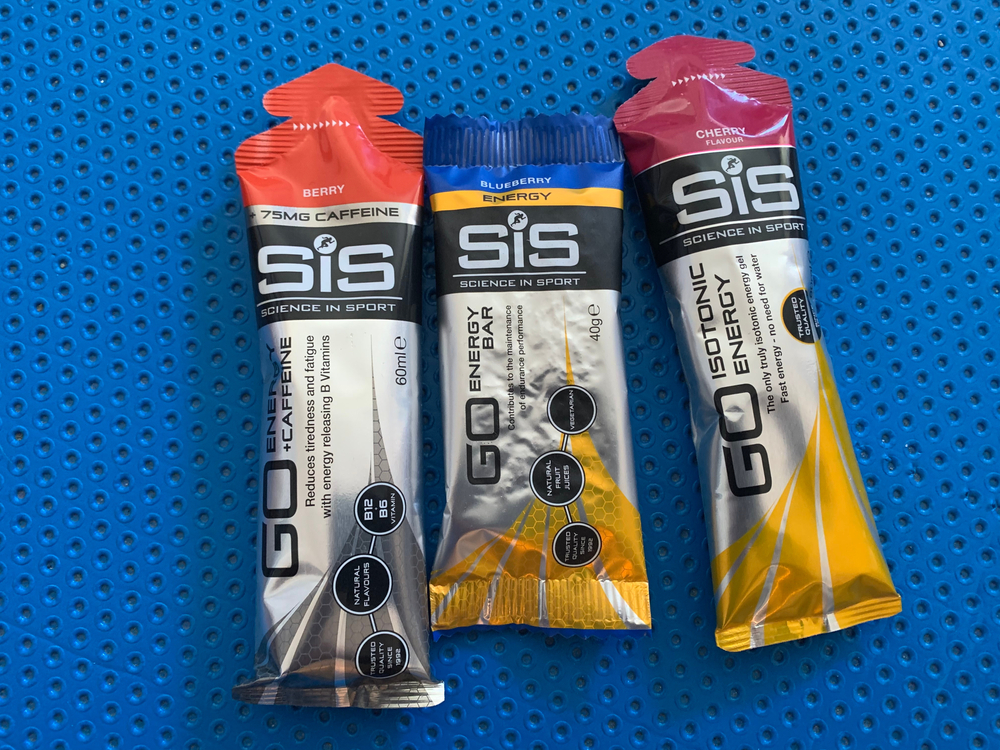Rouvy vs Zwift
Rouvy vs Zwift
Cycling enthusiasts looking to take their indoor training to the next level have some excellent options to choose from. Two of the most popular platforms are Rouvy and Zwift. Both provide engaging, immersive experiences but cater to slightly different training needs and preferences. This article will delve into their features, benefits, and differences to help you make an informed decision.
- Platform Overview
Rouvy offers a high degree of realism through augmented reality technology that overlays avatars on real-life video footage of road and trail routes. This makes it a favorite for those who crave authenticity in their virtual rides. Zwift, on the other hand, employs a fully virtual environment that is highly interactive. This enables imaginative worlds and social gamification elements, creating a more game-like experience.
- User Interface and Experience
The user interface of Rouvy is straightforward and focused on metrics, making it easier for users to track their performance. The real-world video routes are another highlight, offering a visually enriching experience. Zwift’s user interface is more vibrant and gaming-oriented. Riders can engage in various activities like group rides, races, and structured workouts. The virtual worlds are brightly colored and packed with interactive elements.
- Course Variety
Rouvy shines in its use of real-world routes, bringing a touch of reality to indoor training. You can experience renowned cycling routes and even customize your rides by creating your own paths using GPS data. Zwift offers a wide array of virtual courses, both real and fictional. These range from the flat roads of Watopia to the steep climbs inspired by the Alps, providing a diverse riding experience.
- Training Plans and Workouts
Rouvy stands out for its detailed and structured training plans based on real-life scenarios. Its workouts are designed for specific goals such as endurance, climbing, or time trials. Zwift, meanwhile, offers various training plans and workouts crafted by professional coaches. It also incorporates gamification elements like earning points and unlocking achievements, which can motivate you to stick to your training regimen.
- Social Features
Rouvy offers social features like group rides and competitions, but they are not as extensive compared to Zwift. On Zwift, social interaction is a core component. It provides numerous opportunities for riders to engage with one another, such as participating in virtual group rides, races, and meet-ups. You can also chat with other users in real-time, adding a social dimension to your workout.
- Simulation and Realism
Rouvy emphasizes realism with detailed video simulations that include actual road conditions and weather. This makes it highly suitable for serious training and those who want to mimic outdoor riding experiences. Zwift’s simulation is more geared toward creating a virtual world with imaginative terrains and environments. Although not as realistic as Rouvy, it offers a fun and engaging experience.
- Hardware Compatibility
Both platforms are compatible with a range of hardware, including smart trainers, power meters, and heart rate monitors. Rouvy supports numerous devices and integrates well with various smart trainers for an authentic ride feel. Zwift also supports a wide array of hardware and offers seamless integration, making it easy to set up and start riding.
- Performance Metrics
Rouvy provides comprehensive performance metrics that allow you to monitor various aspects of your ride, including power, cadence, and heart rate. Zwift also offers robust performance tracking, with detailed analytics available through their companion app. Both platforms provide post-ride analysis to help you evaluate your performance and track progress over time.
- Community and Support
Rouvy has a strong community of riders, though it is smaller compared to Zwift. The support is robust, with active forums and customer service available to assist users. Zwift’s community is vast and very active. It boasts numerous groups, events, and forums where users can get support and advice from fellow cyclists and experts. This makes it easier to find motivation and support within the Zwift ecosystem.
- Customization Options
Rouvy offers customization options for avatars and bikes, allowing riders to personalize their virtual presence to some extent. However, the customization features are more extensive on Zwift. Users can unlock various items, change bike setups, and alter their avatar’s appearance. These customization options add an extra layer of engagement, making the rides more enjoyable.
- Pricing
Rouvy offers a subscription service with a free trial period so you can test its features before committing. The cost is competitive, particularly for the level of realism and the available courses. Zwift also operates on a subscription model. It might be slightly more expensive, but the extensive features, social interaction options, and regular updates could justify the price for many users.
- Compatibility With Third-party Apps
Both platforms integrate well with third-party apps like Strava, TrainingPeaks, and Garmin Connect. This allows users to sync their workouts and performance data across various platforms. Rouvy provides smooth integration, helping users to streamline their training logs. Zwift’s partnerships with numerous fitness apps offer additional avenues for tracking and sharing progress.
- Ease of Use
Rouvy’s setup process is simple, allowing you to quickly jump into rides. The interface is intuitive, focusing on providing essential metrics. Zwift, while slightly more complex due to its wide range of features, offers a guided setup process that makes it accessible even for beginners. The onboarding process ensures you are ready to ride with minimal hassle.
- Updates and Improvements
Rouvy is continually updating its platform, adding new routes and improving existing features. This keeps the content fresh and engaging. Zwift also rolls out regular updates, including new worlds, events, and improvements that enhance the overall experience. The commitment to continual enhancements ensures that users of both platforms have access to the latest in cycling technology.
- Accessibility
Rouvy runs efficiently on various devices, including both PCs and mobile devices. It doesn’t require high-end hardware, making it accessible to a broader audience. Zwift, however, demands higher system requirements due to its advanced graphics and interactive features. Despite this, it has optimized versions for iOS, Android, and Apple TV, broadening its accessibility.
- Community Events
Rouvy hosts various community events and challenges but they are not as diverse as those found on Zwift. Zwift has a comprehensive calendar filled with community rides, races, and immersive events like the Tour de Zwift. These events foster a strong sense of community and provide an opportunity for users to connect and compete globally.
- Technical Support
Rouvy’s customer support is responsive, with available assistance through multiple channels including email and forums. Users generally report a good experience with technical support. Zwift also has robust support options, with comprehensive help guides, an active user community, and responsive support teams. The extensive help resources and forums make resolving issues straightforward.
- Environmental Simulation
Rouvy’s strength lies in its ability to replicate real-world conditions including elevation changes and road surfaces. This provides a realistic and immersive training experience. Zwift offers environmental variety that includes weather effects and different terrains across its virtual worlds. Though it doesn’t mimic real-world conditions as closely as Rouvy, it offers an engaging environment.
- Race Dynamics
Rouvy offers realistic race dynamics, making it suitable for serious training and competition simulations. Zwift, with its gamified race features, provides a more playful and enjoyable race experience. The race dynamics in Zwift encourage interaction and tactics, making it popular among competitive cyclists looking for both fun and serious competition.
- Virtual Reality Integration
While neither platform currently supports full virtual reality headsets, both are exploring advanced simulation technologies. Rouvy focuses on enhancing the realism of its video simulations, making them more immersive. Zwift’s development path includes exploring augmented reality features, though these are still in the conceptual phase.
- User Demographics
Rouvy’s user base tends to include real-world cyclists looking for performance improvements and realistic training. Zwift’s user demographic is varied, including both casual and serious cyclists. Its gamified elements appeal to a broader audience, from fitness enthusiasts to competitive riders. This diversity in user base contributes to a lively and dynamic platform.
- Overall Experience
Rouvy provides an experience that closely mimics outdoor cycling. Its focus on realism and comprehensive performance metrics make it ideal for serious training. Zwift offers a more gamified experience with a rich social component, making indoor training enjoyable and engaging. Both platforms have their unique strengths, catering to different preferences and training goals.

